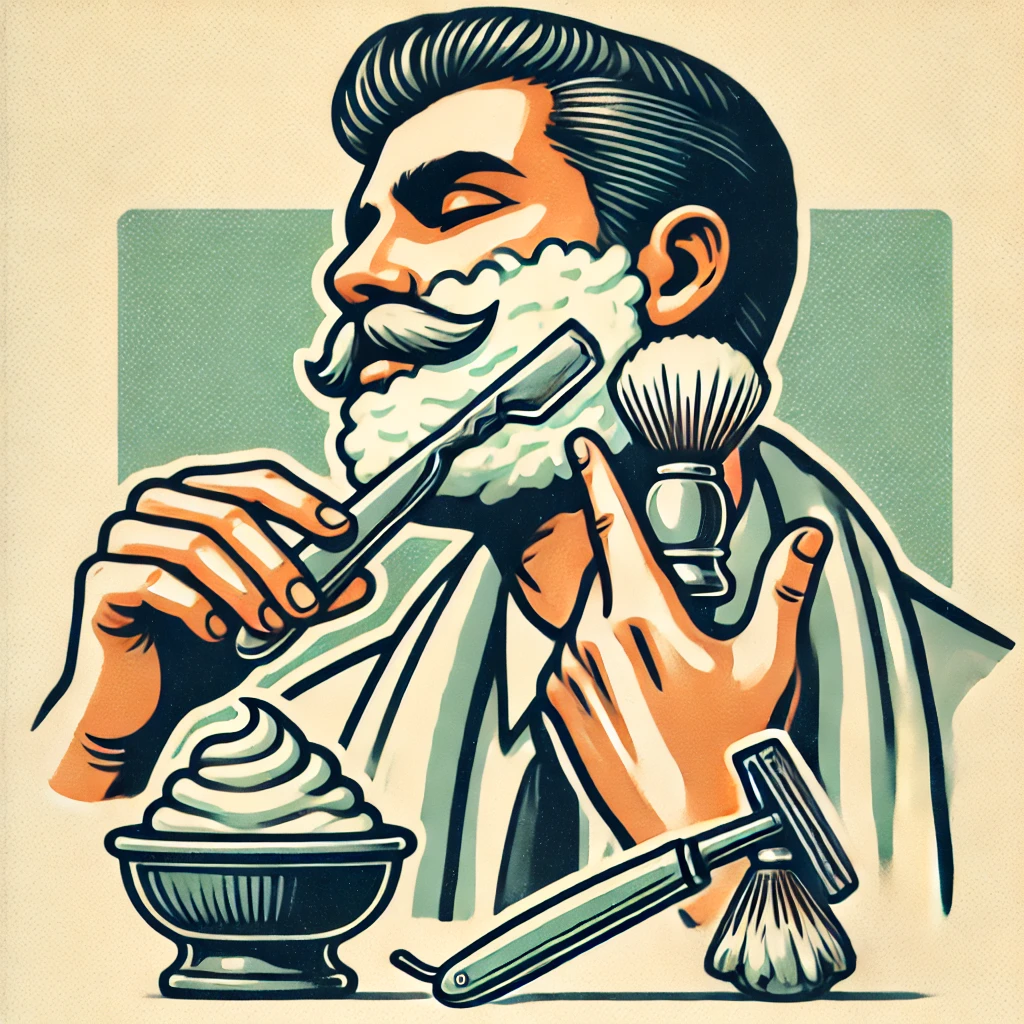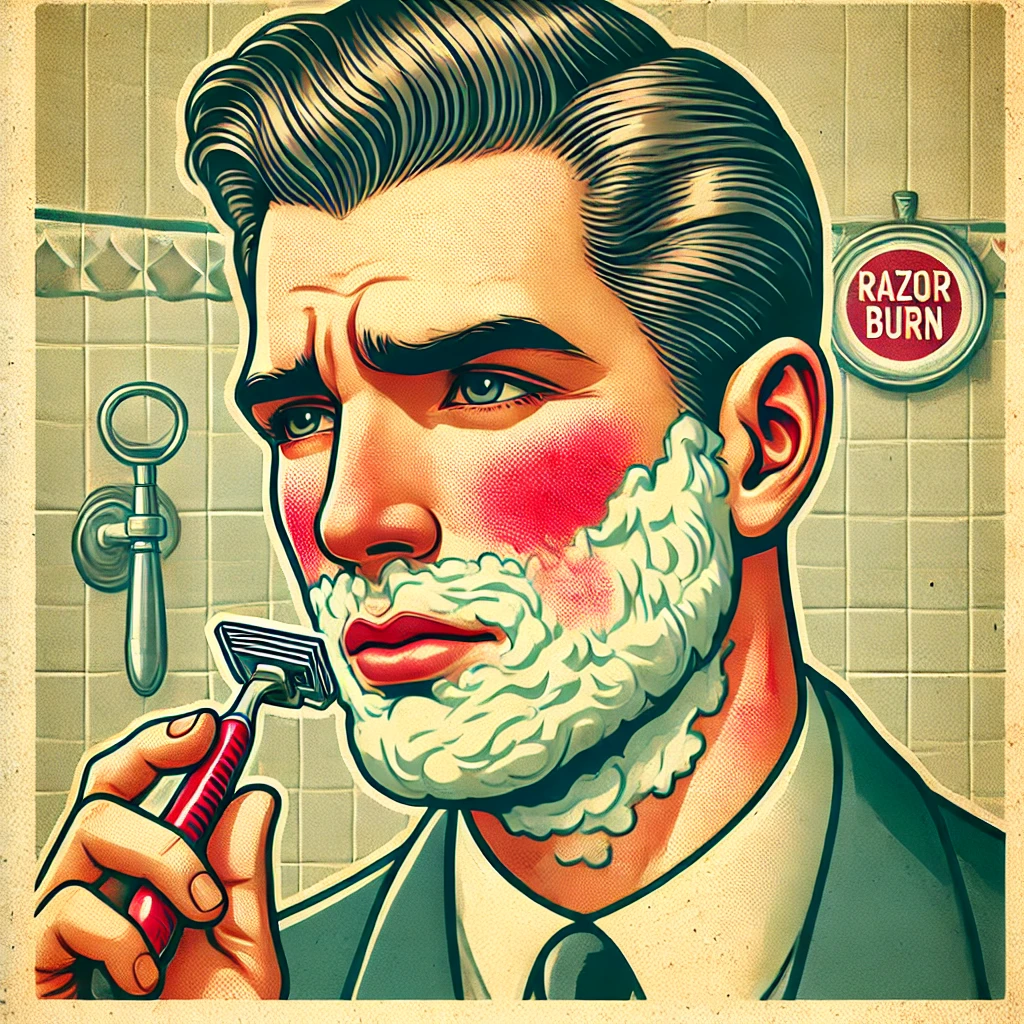Safety razors are a popular choice among wet shaving enthusiasts due to their ability to provide a close, clean shave. However, achieving the perfect shave largely depends on choosing the right razor blade. The razor blade is an essential component of the shaving process, and selecting the right one for your skin type, beard texture, and shaving style is key to a comfortable and effective shave. In this article, we will explore how to choose the right razor blade for your safety razor and provide tips on finding the perfect blade for your shaving needs.
Understanding Razor Blade Sharpness and Aggressiveness
Before choosing the right razor blade, it’s important to understand the concepts of sharpness and aggressiveness, as these are crucial factors in how a blade will perform.
a. Sharpness
The sharpness of a razor blade refers to its ability to cut through facial hair with minimal resistance. Sharp blades are essential for those with thick or coarse beard hair, as they can cut through tough hair more efficiently. However, very sharp blades may be too aggressive for individuals with sensitive skin, leading to irritation or razor burn.
b. Aggressiveness
Aggressiveness is a term used to describe how much of the blade’s edge is exposed during shaving. A more aggressive blade will have greater exposure, allowing for a closer shave but also increasing the risk of nicks, cuts, and irritation. Less aggressive blades are more forgiving and ideal for beginners or those with sensitive skin. Finding the right balance between sharpness and aggressiveness is key to choosing the right razor blade.
1. Consider Your Skin Type
When choosing the right razor blade for your safety razor, your skin type plays a significant role. Different blades work better for different skin sensitivities, so it’s essential to know what your skin can handle.
a. For Sensitive Skin
If you have sensitive skin, choosing a milder blade with less aggressiveness is crucial. A blade that is too sharp may cause irritation, razor burn, or cuts. Instead, opt for a blade that provides a smooth, gentle shave. Brands like Derby Extra, Astra Superior Platinum, and Personna Blue are known for their mild yet effective performance, making them great choices for those with sensitive skin.
b. For Normal Skin
If your skin is neither too sensitive nor overly tough, you have more flexibility in choosing a razor blade. You can experiment with medium-sharp blades that strike a balance between comfort and efficiency. Blades such as Gillette Silver Blue and Wilkinson Sword provide a good middle ground, offering both sharpness and smoothness without causing excessive irritation.
c. For Tough or Less Sensitive Skin
If you have tougher skin or are less prone to irritation, you can opt for sharper, more aggressive blades. Feather razor blades, known for their extreme sharpness, are a popular choice among those with tough skin or experienced wet shavers looking for a very close shave. Keep in mind that these blades may be too harsh for beginners or those with more delicate skin.
2. Match the Blade to Your Beard Type
Your beard type is another important factor to consider when choosing a razor blade for your safety razor. Different blades excel at cutting different hair textures.
a. For Coarse or Thick Beard Hair
If you have coarse or thick beard hair, you will need a sharper blade to effectively cut through the hair. Dull or less sharp blades may struggle to get through tough hair, causing tugging, discomfort, and uneven shaving. Feather, Kai, or Astra Superior Platinum blades are known for their sharpness and work well on thick, coarse hair.
b. For Fine or Thin Beard Hair
For men with fine or thin beard hair, extremely sharp blades may not be necessary and could cause unnecessary irritation. Instead, you may want to choose a milder blade that will provide a smooth, comfortable shave without being overly aggressive. Brands like Derby Extra or Personna Red offer blades that are less aggressive and better suited to thinner hair types.
c. For Dense or Fast-Growing Beard Hair
If you have a dense or fast-growing beard, you may want to opt for blades that provide a close shave with fewer passes. A sharper blade will allow you to shave more efficiently, reducing the number of strokes needed, which can help prevent irritation. Blades like Feather or Gillette 7 O’Clock Super Platinum are excellent for dense beard growth.
3. Razor Blade Coating and Material
Razor blades are often coated with different materials that can impact the performance of the blade. Some coatings provide extra smoothness, while others add durability or reduce irritation.
a. Platinum-Coated Blades
Platinum-coated blades are known for providing a smooth, comfortable shave with reduced friction. These blades are often favored by individuals with sensitive skin, as the platinum coating helps the blade glide over the skin more easily. Astra Superior Platinum, Gillette Silver Blue, and Personna Platinum blades are popular options for those seeking a smooth shaving experience.
b. Stainless Steel Blades
Stainless steel blades are highly durable and resistant to rust, making them a long-lasting option for wet shavers. Many stainless steel blades also come with additional coatings, such as chrome or platinum, to enhance their performance. Blades like Wilkinson Sword and Kai are made from high-quality stainless steel, offering both durability and sharpness.
c. Teflon or Polymer-Coated Blades
Blades coated with Teflon or other polymers offer additional smoothness and protection against irritation. These coatings reduce the friction between the blade and your skin, making them an excellent choice for sensitive skin types. Polsilver Super Iridium and Voskhod blades are known for their Teflon coatings, providing a comfortable and irritation-free shave.
4. Experimenting with Different Brands
Since safety razors are highly customizable, finding the perfect blade often involves experimenting with different brands. While you may have recommendations from other shavers, what works best for one person may not necessarily work for you. Here are some tips for experimenting with different blades:
a. Blade Sampler Packs
Blade sampler packs are a great way to try different brands and sharpness levels without committing to a full box of any one blade. Sampler packs typically include a variety of blades, from mild to aggressive, allowing you to find the perfect match for your skin type and beard hair. Once you’ve tried a few different blades, you can settle on the one that gives you the best results.
b. Shaving Log
Keeping a shaving log can help you track your experience with different blades. Make a note of the brand, sharpness, and how your skin reacted after shaving. This will help you identify patterns and find the blades that work best for you over time.
c. Consider Your Razor
Different safety razors have varying levels of aggressiveness, so the blade you choose may perform differently depending on the razor you’re using. If you find that a blade feels too harsh or too mild, try using it in a different safety razor to see if the experience improves.
5. Blade Longevity and Replacement
How long a razor blade lasts depends on factors such as beard thickness, hair texture, and how often you shave. As a general rule, most razor blades should be replaced after 3-5 shaves to maintain sharpness and avoid irritation.
a. Signs It’s Time to Replace the Blade
If you notice tugging, pulling, or discomfort during shaving, it’s time to replace the blade. Dull blades can lead to irritation, nicks, and uneven shaves, so it’s important to replace them regularly to maintain a comfortable shave.
b. Proper Blade Disposal
When replacing razor blades, always dispose of them in a blade bank or a secure container designed for used blades. This ensures that the blades are safely stored and won’t pose a hazard to others or the environment.
Conclusion
Choosing the right razor blade for your safety razor can significantly enhance your shaving experience. By considering factors such as skin type, beard texture, blade sharpness, and coating, you can find the perfect blade for your needs. Remember to experiment with different brands, use blade sampler packs, and keep track of your shaving experiences to ensure you get the best possible results. With the right blade, your safety razor can deliver a close, comfortable shave every time.


